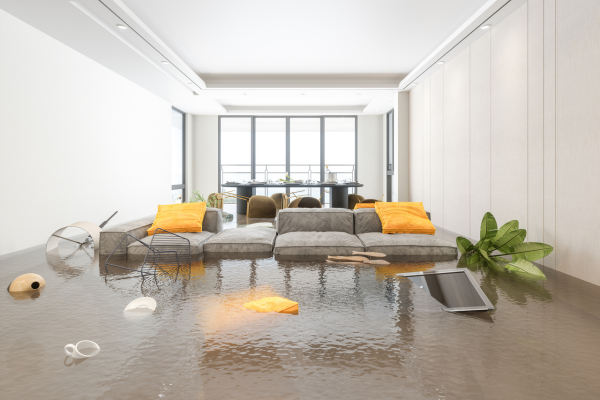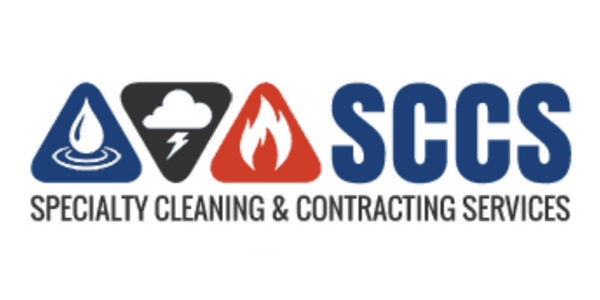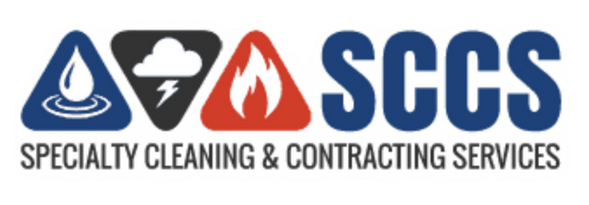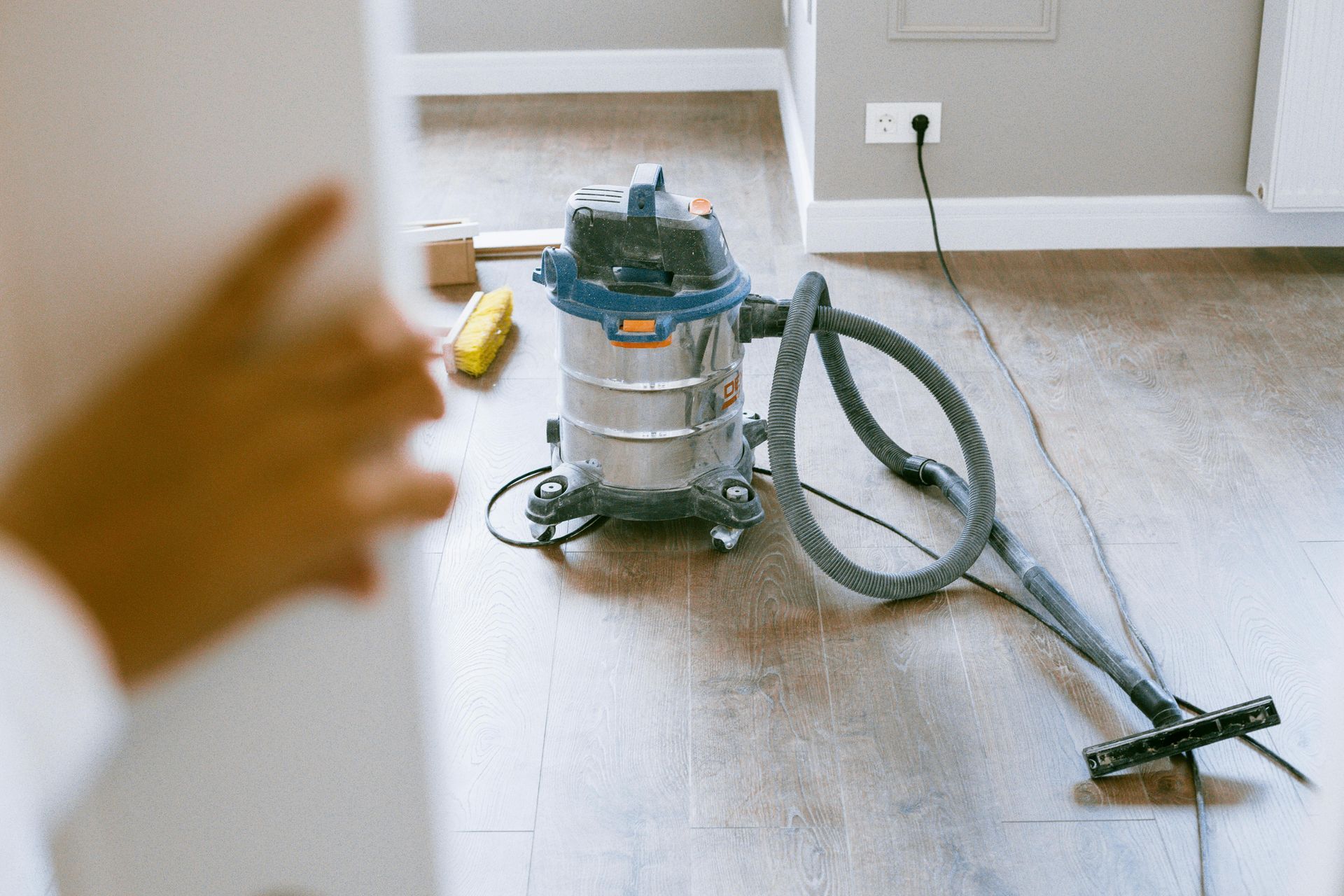Stachybotrys, also known as Black Mold, Can Be A Hidden Threat in Homes
You can take measures to protect your family from this dangerous mold.
As homeowners, we often overlook the presence of mold in our living spaces. However, the presence of Stachybotrys mold, commonly known as "black mold," can pose serious health risks and cause structural damage to your home. In this blog post, we'll explore the characteristics of Stachybotrys mold, its potential health effects, and steps to prevent and remediate it.
What is Stachybotrys Mold?
Stachybotrys mold is a greenish-black fungus that thrives in damp, cellulose-rich environments. It typically grows on materials such as fiberboard, gypsum board, paper, and other building materials, especially in areas with high humidity, water damage, or condensation. This mold requires constant moisture to grow and spread, making water-damaged homes particularly susceptible.
How Common is Stachybotrys Mold in Homes?
Stachybotrys mold is less common than other types of mold found in homes. A study by the U.S. Environmental Protection Agency (EPA) found something important. About 1 in 10 homes in the United States might have mold. However, not all of these homes have Stachybotrys mold.
The presence of Stachybotrys mold depends on several factors. These include climate, the age of the building, and moisture. In places with high humidity or frequent rain, Stachybotrys mold is more likely to be found. This is because these conditions are favorable for mold growth. Older buildings with inadequate ventilation or poorly maintained structures may be more susceptible to mold growth, including Stachybotrys.
Homeowners should be vigilant for signs of mold, particularly Stachybotrys, and take proactive steps to prevent or resolve any mold problems in their homes. Regularly checking for water damage or leaks, ensuring proper ventilation, and tackling moisture problems can significantly reduce the risk of Stachybotrys mold growth.
Health Risks Associated with Stachybotry Mold
Being around Stachybotrys mold can cause health problems. This is especially true for people with allergies, weakened immune systems, or breathing issues. Common symptoms include sneezing, coughing, congestion, eye irritation, and skin rashes. Prolonged exposure may result in more severe respiratory issues, neurological problems, and chronic health conditions. It is essential to address mold issues promptly to minimize the risk of adverse health effects.
Detecting and Preventing Black Mold
Regularly inspecting your home for signs of mold growth, water damage, and moisture intrusion is crucial in preventing Stachybotrys mold. Keep an eye out for visible mold, musty odors, and water stains on walls, ceilings, or floors. Proper ventilation, dehumidification, and prompt repair of leaks or water damage can help maintain a mold-free environment.
If you suspect you have mold in your home, SCCS NWI can test for it. We do both surface testing on areas that show visual evidence of mold growth in a certain area, or air quality testing to detect mold that has become airborne.. This testing will provide definitive answers as to if there is a mold problem. If mold is discovered the test will identify exactly what type of mold is present.
Remediating Stachybotrys Mold
If you suspect Stachybotrys mold in your home, it's important to consult a professional mold remediation service. Attempting mold removal on your own can lead to more problems, oftentimes releasing spores into the air and worsening the problem.
The experienced techs at SCCS NWI are professional mold remediators. We can perform mold testing that will identify if you have mold present in your home or commercial building and zero in on exactly what type of mold may be present. We will identify the source of the mold, safely remove contaminated materials, and address the underlying moisture issue to prevent future mold growth.
In conclusion, being aware of the risks associated with Stachybotrys mold and taking proactive steps to prevent and remediate it can ensure a safer, healthier home for you and your family.
Remember, early detection and professional intervention are key to managing this hidden threat effectively.
You might also like
SCCS NWI - The region's trusted mold, water and fire restoration company




